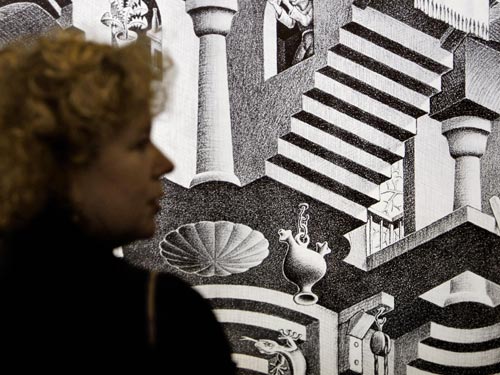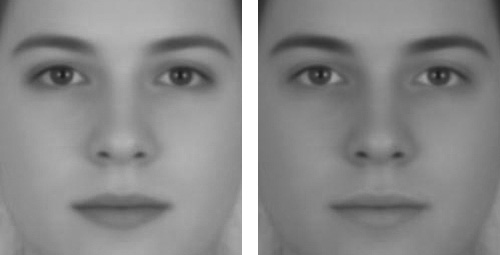
The New Scientist has a cool post on the Best Visual Illusions of the Year contest. I don’t know why, but I’ve always been fascinated by optical illusions. Sometimes it’s pretty easy to figure out how they work, while others have me completely boondoggled. The idea of the contest is to analyze how different visual illusions work neurologically:
“Every visual illusion – from the way that simple lines drawn on paper seem to form a cube, to the logic-defying labyrinths of M. C. Escher – works exactly the same way: they expose discrepancies between physical reality and our perception of that reality. That makes visual illusions appealing objects of study for neuroscientists: they offer clues to how our brains handle the information we receive about the outside world, in particular how we process visual images.”
Click to the link above to check some out, or peep the one below:

As the New Scientist writes:
“The only difference between these two faces is their degree of contrast. Yet one appears female and the other male. That’s because female faces tend to have more contrast between the eyes and mouth and the rest of the face than male faces. Richard Russell, the Harvard University neuroscientist who created the illusion, has previously found that increasing the contrast in female faces makes them more attractive. Conversely, reducing contrast makes a male face easier on the eyes.”
I have no idea the real world application of that study, but why do I feel the need to suddenly have an well-balanced tan…?
